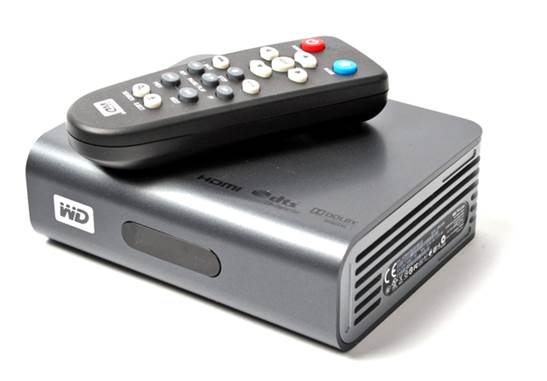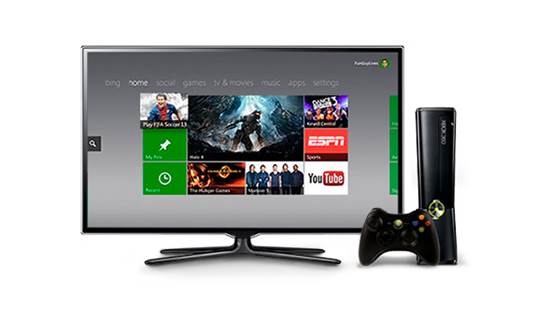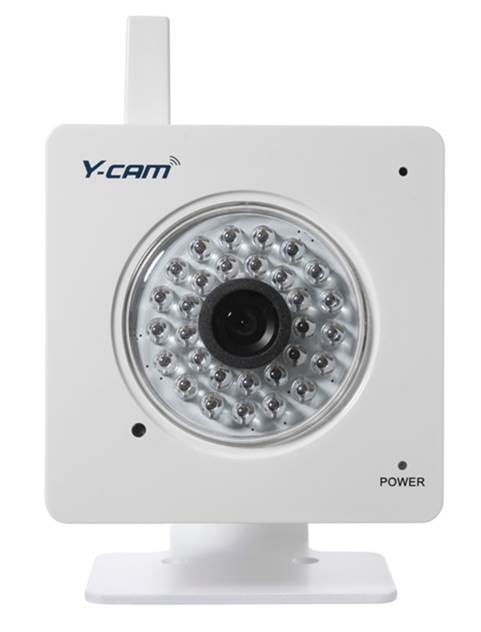Stream video
Just as you can stream audio across a Wi-Fi
network, you can also stream video. This is an increasingly popular way of
accessing your movie collection – you can have your entire collection on tap,
without ever having to get up and put a disc into the DVD player.
While we wouldn’t suggest that you throw
away your DVD and Blu-ray discs (after all, they form a convenient backup),
it’s far easier to find what you’re looking for on a media server than by
rummaging through shelves full of discs in boxes.
The cheapest way to stream video is to set
up one of your PCs as a media server. See tinyurl.com/aL723ez for instructions
on how to do so. Alternatively, as we’ve said before, if you want to avoid
having to keep your PC switched on all the time you could invest in a NAS
device, making sure you choose one that can work as a media server.
You could use another PC or laptop to view
video stored on a PC or NAS media server, but you’ll probably prefer to watch
it on a large-screen TV. It’s usually possible to connect your laptop or PC to
your TV with an HDMI cable, but you can also wirelessly stream video if your
laptop has built-in Wi-Di (you’ll still need a receiver to connect to the TV,
such as the Netgear Push2TV HD), or use a kit that includes both the video
sender and receiver, such as HP’s Wireless TV Connect.

Dedicated
Media Streamers let you enjoy content on the big screen
However, rather than using a laptop or PC,
you’re usually better off buying a dedicated media streamer, such as the D-Link
Booxee Box, Roku 2XS or Western Digital WD TV Live. If you have a Mac rather
than a PC, or simply a burgeoning iTunes video library, an Apple TV is likely
to be the best choice.
Don’t forget your TV itself may have the capability
to play video files across a Wi-Fi network. Most ‘smart’ TVs have a built-in
media player that can play files from a local USB stick, but also across your
home network from a DLNA or UPnP media server. Many TVs have optional Wi-Fi
dongles, but can usually be connected to your wireless router via a standard
network patch cable.
Finally, you can use your Wi-Fi network to
stream those videos to your tablet or smartphone. Whether you have an iPad,
iPhone, Android device or something else, there are many apps that can seek out
media servers on your wireless network and play videos of many formats.
Play online games
Playing games on your PC doesn’t have to be
a solitary affair. Virtually all games can also be played with (or against)
other players online. What’s more, if your laptop, PC or tablet is connected to
the internet via your Wi-Fi network, you’ll be able to enjoy online gaming from
these devices, too. However, online gaming doesn’t start and end there.
The Nintendo Wi-Fi Connection, for example,
allows users of the Nintendo DS and the Wii to participate in online multiuser
games via their home Wi-Fi home Wi-Fi network. Similarly, the latest Xbox 360
has Wi-Fi built-in; if you have an older model you can add Wi-Fi with a USB
adaptor. This permits online gaming via Xbox Live (note that you’ll need to pay
for the Gold service, which costs between $45 and $60 per year depending on
where you subscribe). In the same way, the PS3 uses Wi-Fi to provide a gateway
to the PlayStation Network.

The
Xbox 360’s Wi-Fi connection lets you participate in multiplayer games
Monitor your home
If you want to keep an eye on your home or
office, your Wi-Fi network can be the key to your security needs. By adding a
so-called IP camera, you’ll be able to monitor your property either from a
device on eth same Wi-Fi network or via the web.
Most cameras can send you an email if
motion is detected. Although wired network IP cameras are still available,
they’re not ideal in many cases. Models with built-in Wi-Fi start from about $52.5;
if you want a high-quality picture with sound, you should budget for at least
double this. For extra features, such as motorized pan and tilt (even zoom),
prepare to spend hundreds.
Wi-Fi IP cameras differ in their resolution
but, in reality, if your application is purely surveillance, the VGA resolution
of 640 x 480 should be adequate.

Keep
an eye on your home with an IP Camera
More important is a remote-controlled
pan-and-tilt capability, which will allow you to look around a whole room from
a single viewpoint. You can now get this functionality in even some entry-level
products.
Something else to look out for and, again
for which you don’t have to pay a fortune, is night vision. This is provided by
a ring of infrared LEDs around the lens.
A waterproof housing for outdoor use will
command a substantial price premium.
Some manufacturers, including Y-cam,
provide free apps that allow you to easily view the video feed on your
smartphone or tablet via Wi-Fi.